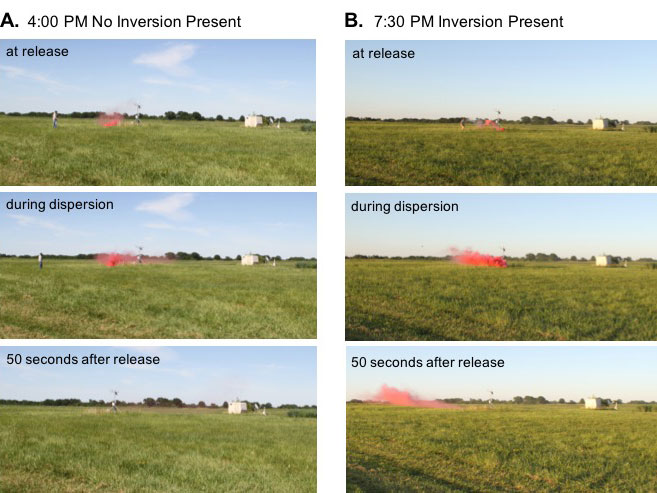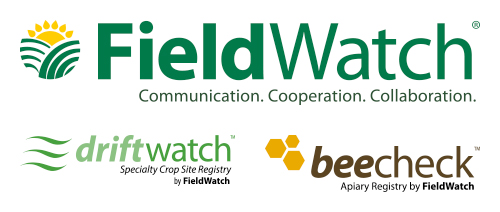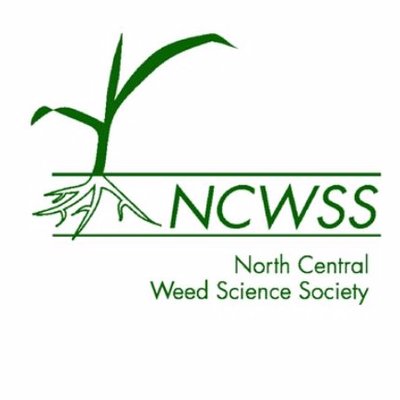Additional Resources
University of Missouri - Integrated Pest Management
Dr. Mandy Bish and Dr. Kevin Bradley from the University of Missouri have summarized research from four years of studying temperature inversions. Their research ramped up in 2017, especially as new formulations of dicamba, an agricultural herbicide, hit the market. There have been several off-target movement incidents that led to signficant financial losses as well as loss of life as tensions flared. The University of Missouri led the charge to try to understand the phenomenon and used data from Missouri, Arkansas, Illinois, Tennessee, and Indiana. Here are their findings:

- Inversions are common, where inversions formed more than 60 percent of the evenings in the University of Missouri study
- Inversions begin forming prior to sunset in Missouri, but were consistent with out-of-state stations
- April: 5:00-6:00 pm
- May: 5:30-6:50 pm
- June: 6:00-7:00 pm
- July: 6:00-8:00 pm
- Field surroundings influence the time when inversions form, especially fields that had trees adjacent that obstruct wind flow allowed inversions to develop earlier compared to fields that did not have large obstructions
- Cool air settles in the lowest point of the field, in some instances the most dicamba injury resulted damage in the lowest parts of the field
- Smoke bombs are good indicators of inversions forming, under normal conditions the smoke dissipates and during inversions the smoke lingers (Figure 1)
- Mobile apps are still in the validation stages, but it is hard to beat environmental cues, such as low wind speeds and clear skies (Dr. Joe Ikely Webinar).
For more information view the University of Missouri webinar.

North Central IPM Center's Dicamba and 2,4-D Fact Sheets
The North Central Integrated Pest Management (IMP) Center promotes and facilitates the adoption of effective integrated pest management strategies.
They sponsored the Herbicide-Drift Risk Management for Specialty Crops group that developed a series of Dicamba and 2,4-D fact sheets highlighting pesticide drift issues.
- An overview of Dicamba and 2,4-D Drift Issues (North Central IPM Center) - Dicamba and 2,4-D drift damage has captured national attention in recent years. Could your farm be at risk? And if so, what should you know to prevent, prepare, and respond? This fact sheet explores how dicamba and 2,4-D drift has become a threat to specialty crop producers.
- Frequenly Asked Questions - This fact sheet looks at frequently asked questions from specialty crop growers. There is still much for researchers to learn, particularly surrounding crop-specific and long-term effects.
- Preparing for Drift Damage - Will you be ready to respond to a drift incident? In this fact sheet, ways you can avoid, prevent, and prepare for drift damage are identified.
- Responding to Drift Damage - This fact sheet highlights actions for documenting damage, along with tips for seeking remediation or behavior change.
- More Resources - The fact sheet series authors found many excellent resources.

FieldWatch develops and provides easy-to-use, reliable, accurate and secure on-line mapping tools intended to enhance communicate awareness and stewardship activities between crop producers, beekeepers, and pesticide applicators.

North Central Weed Science Society
North Central Weed Science Society is a professional organization interested in weed science consisting of universities, crop protection industry, government personnel, extension educators and more.

USDA Midwest Climate Hub develops science-based, region-specific information and technologies and delivers these products to agricultural and natural resource managers that enables climate-informed decision making.